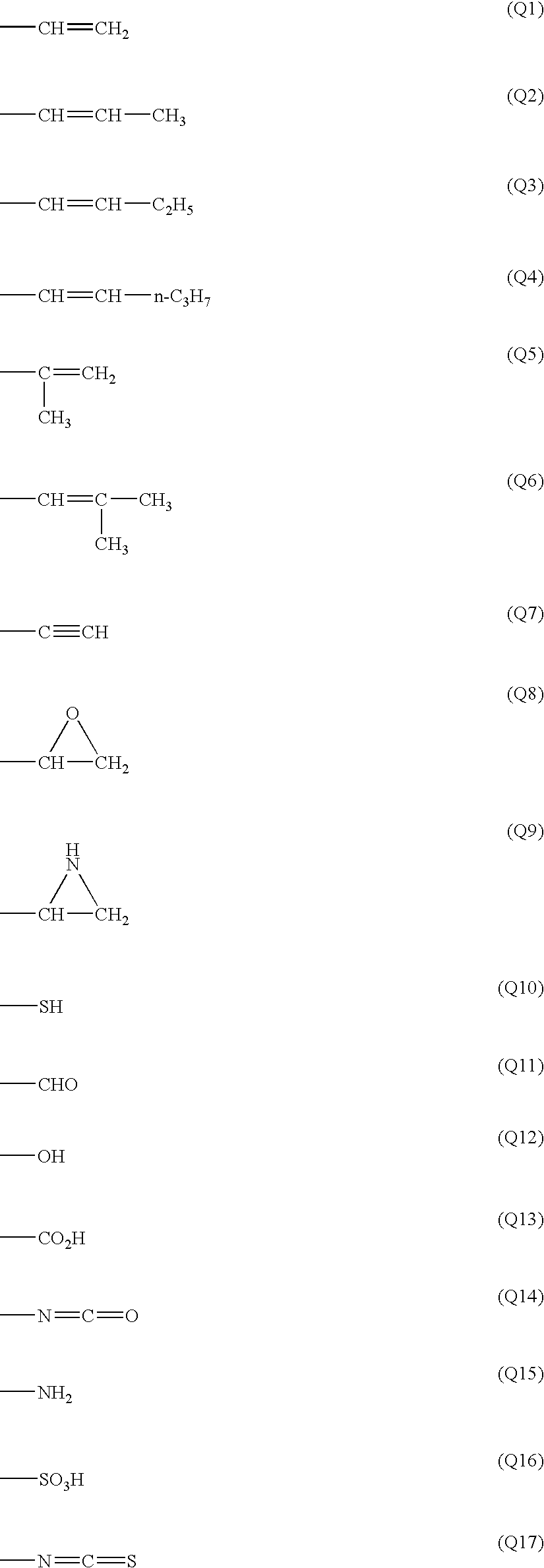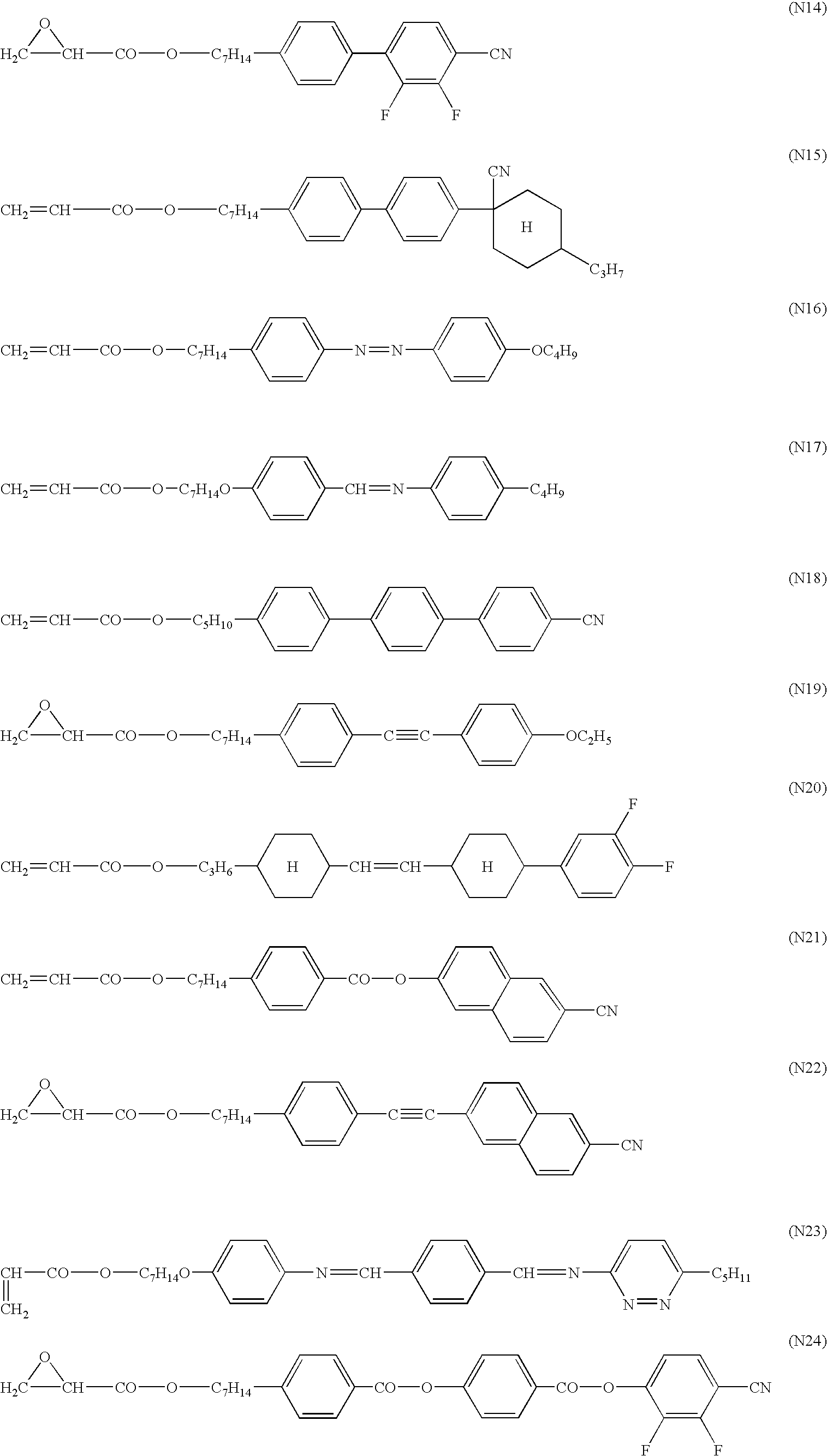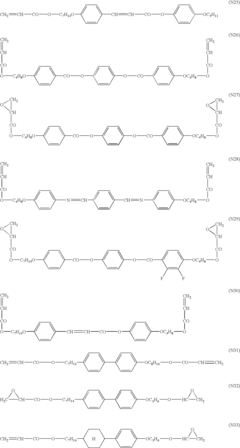How to Maximize Transparency in Cellulose Acetate Films?
Cellulose Acetate Film Transparency: Background and Objectives
Cellulose acetate films have been a cornerstone in various industries for decades, prized for their versatility and potential for transparency. The journey of these films began in the early 20th century when cellulose acetate was first developed as a more stable alternative to cellulose nitrate. Since then, the technology has evolved significantly, driven by the increasing demand for high-quality, transparent materials in packaging, electronics, and optical applications.
The evolution of cellulose acetate film technology has been marked by continuous improvements in manufacturing processes and material composition. Early films were often cloudy or had limited transparency, but advancements in production techniques and the understanding of polymer science have led to significant enhancements in optical clarity. The industry has witnessed a shift from basic acetylation methods to more sophisticated approaches that allow for precise control over the degree of substitution and molecular weight distribution.
In recent years, the focus has intensified on maximizing transparency while maintaining or improving other desirable properties such as strength, flexibility, and biodegradability. This pursuit aligns with broader trends in sustainable materials and eco-friendly manufacturing, as cellulose acetate is derived from renewable resources and can be designed to be biodegradable under certain conditions.
The current technological landscape presents both opportunities and challenges. While significant progress has been made in enhancing transparency, there is still room for improvement, particularly in achieving ultra-clear films that can compete with synthetic polymers in high-end applications. The main objectives in this field revolve around optimizing the molecular structure of cellulose acetate, refining processing techniques, and developing novel additives or treatments that can further boost transparency without compromising other critical properties.
Key areas of focus include reducing light scattering within the film structure, minimizing impurities that can affect optical clarity, and exploring nanotechnology to manipulate the material at a molecular level. Additionally, there is a growing interest in developing cellulose acetate films that maintain their transparency under various environmental conditions and over extended periods, addressing issues such as yellowing or hazing that can occur over time.
The pursuit of maximizing transparency in cellulose acetate films is not just a matter of optical performance but also encompasses broader goals of sustainability, cost-effectiveness, and versatility in application. As such, research in this area is multidisciplinary, involving polymer scientists, chemical engineers, and materials specialists working collaboratively to push the boundaries of what is possible with this versatile biopolymer.
Market Analysis for High-Transparency Cellulose Acetate Films
The market for high-transparency cellulose acetate films is experiencing significant growth, driven by increasing demand across various industries. These films are widely used in packaging, electronics, and optical applications due to their excellent clarity, durability, and biodegradability. The global cellulose acetate film market is expected to expand at a steady rate over the next five years, with a particular emphasis on high-transparency variants.
In the packaging sector, there is a growing preference for sustainable and eco-friendly materials. High-transparency cellulose acetate films are well-positioned to capitalize on this trend, as they offer an environmentally friendly alternative to traditional petroleum-based plastics. The food and beverage industry, in particular, is showing increased interest in these films for applications such as window cartons, wrapping papers, and protective packaging for luxury goods.
The electronics industry is another key driver of market growth for high-transparency cellulose acetate films. With the rising demand for flexible displays and touchscreens, these films are being increasingly utilized as protective layers and substrates. Their optical clarity and scratch resistance make them ideal for use in smartphones, tablets, and other consumer electronics.
The optical industry is also contributing to the market expansion. High-transparency cellulose acetate films are used in the production of polarizing films for LCD screens, sunglasses, and other optical devices. As the demand for high-quality displays and eyewear continues to grow, so does the need for these specialized films.
Geographically, Asia-Pacific is expected to dominate the market for high-transparency cellulose acetate films. This is primarily due to the region's robust electronics manufacturing sector and increasing adoption of sustainable packaging solutions. North America and Europe are also significant markets, driven by stringent environmental regulations and consumer preferences for eco-friendly products.
However, the market faces challenges such as competition from alternative materials like polyethylene terephthalate (PET) and polypropylene (PP) films. These materials often offer similar optical properties at a lower cost. Additionally, the production of high-transparency cellulose acetate films requires specialized manufacturing processes, which can impact overall production costs and scalability.
Despite these challenges, the market outlook remains positive. Ongoing research and development efforts are focused on improving the transparency and performance of cellulose acetate films while reducing production costs. As sustainability becomes an increasingly important factor in consumer and industrial purchasing decisions, the demand for high-transparency cellulose acetate films is expected to continue its upward trajectory.
Current Challenges in Maximizing Cellulose Acetate Transparency
Despite significant advancements in cellulose acetate film production, several challenges persist in maximizing transparency. One of the primary obstacles is the inherent molecular structure of cellulose acetate. The semi-crystalline nature of the polymer can lead to light scattering, reducing overall transparency. Controlling the degree of crystallinity during film formation remains a complex task, requiring precise manipulation of processing conditions.
Another major challenge lies in the removal of residual solvents used in the film-forming process. These solvents, if not completely eliminated, can create micro-voids within the film structure, leading to increased light scattering and reduced transparency. Developing efficient solvent removal techniques without compromising the film's structural integrity is an ongoing area of research.
The presence of impurities and additives in cellulose acetate raw materials also poses a significant hurdle. Even minute quantities of contaminants can act as light-scattering centers, diminishing the film's transparency. Purification processes need to be further refined to achieve ultra-high purity levels consistently.
Surface roughness is another factor impacting transparency. Achieving and maintaining an ultra-smooth surface on both sides of the film is challenging, especially in large-scale production. Any surface irregularities can cause light diffraction and reflection, reducing the overall transparency of the film.
Thickness control presents yet another challenge. While thinner films generally offer better transparency, they may compromise other essential properties such as mechanical strength and barrier performance. Striking the right balance between thickness and transparency while maintaining other functional requirements remains a complex optimization problem.
Environmental factors during production and storage also affect transparency. Humidity, in particular, can cause swelling and dimensional changes in cellulose acetate films, potentially leading to optical distortions. Developing moisture-resistant formulations without sacrificing transparency is an area of active research.
Lastly, the challenge of scalability cannot be overlooked. Many laboratory-scale techniques for improving transparency are difficult to implement in industrial-scale production. Bridging this gap and developing cost-effective, large-scale processes that consistently produce high-transparency films is a significant hurdle for manufacturers.
Addressing these challenges requires a multidisciplinary approach, combining advances in polymer science, process engineering, and materials characterization. As research progresses, overcoming these obstacles will pave the way for next-generation cellulose acetate films with unprecedented levels of transparency.
Existing Methods for Enhancing Cellulose Acetate Transparency
01 Plasticizer addition for improved transparency
Adding plasticizers to cellulose acetate films can enhance their transparency. Plasticizers improve the flexibility and clarity of the films by reducing intermolecular forces between polymer chains, allowing for better light transmission.- Plasticizer addition for improved transparency: Adding plasticizers to cellulose acetate films can enhance their transparency. Plasticizers help to reduce crystallinity and improve the overall optical properties of the film, resulting in better light transmission and clarity.
- Modification of cellulose acetate composition: Altering the composition of cellulose acetate, such as adjusting the degree of substitution or incorporating different types of cellulose derivatives, can significantly impact the transparency of the resulting films. This approach allows for fine-tuning of the optical properties.
- Surface treatment techniques: Various surface treatment methods can be applied to cellulose acetate films to enhance their transparency. These may include polishing, coating with specialized materials, or chemical treatments that modify the surface properties and reduce light scattering.
- Optimization of film formation process: Improving the film formation process, such as adjusting drying conditions, solvent selection, or casting techniques, can lead to more uniform and transparent cellulose acetate films. Careful control of these parameters can minimize defects and enhance optical clarity.
- Incorporation of nanoparticles or additives: Adding specific nanoparticles or other additives to cellulose acetate films can improve their transparency. These materials can help to reduce haze, enhance light transmission, and provide additional functional properties to the films.
02 Optimization of acetylation degree
The degree of acetylation in cellulose acetate significantly affects film transparency. Optimizing the acetylation process can lead to a more uniform polymer structure, resulting in improved optical properties and increased transparency of the final film.Expand Specific Solutions03 Surface treatment techniques
Various surface treatment methods can be applied to cellulose acetate films to enhance their transparency. These may include polishing, coating with anti-reflective materials, or chemical treatments that modify the film's surface properties to reduce light scattering.Expand Specific Solutions04 Nanocomposite incorporation
Incorporating nanoparticles or nanocomposites into cellulose acetate films can improve their optical properties. These additives can enhance light transmission and reduce haze, leading to increased transparency without significantly affecting other film properties.Expand Specific Solutions05 Controlled drying and film formation process
Optimizing the drying and film formation process can significantly impact the transparency of cellulose acetate films. Controlled evaporation rates, temperature, and humidity during film casting or extrusion can lead to more uniform film structures with improved optical clarity.Expand Specific Solutions
Key Players in Cellulose Acetate Film Production Industry
The competition landscape for maximizing transparency in cellulose acetate films is characterized by a mature market with steady growth. The industry is in a consolidation phase, with established players like FUJIFILM Corp., Daicel Corp., and Eastman Kodak Co. dominating the market. The global cellulose acetate film market size is substantial, driven by increasing demand in packaging and optical applications. Technologically, the field is moderately mature, with companies like Konica Minolta and Eastman Chemical Co. continuously innovating to improve film transparency. Academic institutions such as Sichuan University and Hokkaido University are also contributing to advancements, indicating ongoing research and development efforts to push the boundaries of cellulose acetate film transparency.
FUJIFILM Corp.
Daicel Corp.
Innovative Approaches to Improve Optical Properties
- A polarizing plate protective film using cellulose acetate with a degree of acetyl group substitution of 2.80 to 2.99, where the Ca and Mg components are within specific ppm ranges and Na component is proportionally balanced, inhibiting metal ion bridging and reducing haze, thereby enhancing transparency.
- A cellulose acetate film with specific acetic acid content, controlled retardation values, and thickness is developed, combined with biaxial stretching and the use of aromatic compounds as retardation increasing agents, to reduce thermal distribution and photoelastic coefficients, enhancing the film's bending strength and optical stability.
Environmental Impact of Cellulose Acetate Film Production
The production of cellulose acetate films has significant environmental implications that must be carefully considered. The manufacturing process involves the use of various chemicals and solvents, which can potentially impact air and water quality if not properly managed. Acetone, a key solvent used in the production, is volatile and can contribute to air pollution if released. Additionally, the process generates wastewater containing dissolved acetate and other chemicals, requiring thorough treatment before discharge.
Energy consumption is another critical factor in the environmental footprint of cellulose acetate film production. The process requires substantial energy inputs for heating, mixing, and drying stages, contributing to greenhouse gas emissions if non-renewable energy sources are used. However, advancements in energy-efficient technologies and the adoption of renewable energy sources can help mitigate this impact.
Raw material sourcing also plays a crucial role in the environmental impact. Cellulose, the primary raw material, is derived from wood pulp or cotton linters. Sustainable forestry practices and responsible cotton cultivation are essential to ensure the long-term viability of these resources and minimize deforestation or land-use changes.
Waste management is a significant challenge in cellulose acetate film production. The process generates solid waste, including off-spec materials and trimmings, which require proper disposal or recycling. Implementing closed-loop systems and exploring innovative recycling technologies can help reduce waste and improve resource efficiency.
The end-of-life considerations for cellulose acetate films are also important. While these films are biodegradable under certain conditions, their decomposition in landfills can be slow and may release methane, a potent greenhouse gas. Developing more efficient biodegradation processes or exploring alternative disposal methods, such as composting or chemical recycling, could help address this issue.
To maximize transparency in cellulose acetate films while minimizing environmental impact, research efforts are focusing on green chemistry principles. This includes developing bio-based solvents, improving catalysts for more efficient reactions, and optimizing process conditions to reduce energy consumption and waste generation. Additionally, life cycle assessments are being conducted to identify hotspots in the production chain and guide sustainable improvements.
Quality Control Measures for Transparent Film Manufacturing
Quality control measures are paramount in the manufacturing of transparent cellulose acetate films to ensure consistent high transparency and overall product quality. The process begins with rigorous raw material inspection, including purity checks of cellulose acetate and plasticizers. Incoming materials are subjected to spectroscopic analysis and physical property tests to verify their composition and characteristics.
During production, in-line monitoring systems are employed to continuously assess film thickness, uniformity, and optical properties. Advanced optical sensors measure light transmission and haze in real-time, allowing for immediate adjustments to process parameters. Tension control systems maintain consistent film stretching, crucial for achieving optimal transparency.
Environmental factors such as temperature and humidity are tightly regulated throughout the manufacturing process. Clean room conditions are maintained to prevent contamination that could affect film clarity. Particle counters and air quality monitors ensure a dust-free environment.
Post-production quality checks involve both automated and manual inspections. Automated vision systems scan for defects, bubbles, or inclusions that could compromise transparency. Samples are regularly taken for laboratory analysis, including spectrophotometric measurements of light transmission, haze, and clarity according to ASTM D1003 standards.
Mechanical properties are also verified to ensure the film meets strength and flexibility requirements without compromising optical quality. Tensile strength, elongation, and tear resistance tests are conducted on sample batches.
Statistical process control (SPC) methods are implemented to track key quality indicators over time, enabling early detection of trends that could lead to quality issues. This data-driven approach allows for proactive adjustments to manufacturing parameters.
Traceability is maintained throughout the production process, with each batch of film linked to its raw materials and processing conditions. This enables rapid root cause analysis in the event of any quality deviations.
Continuous improvement initiatives are integral to quality control. Regular review of quality data, customer feedback, and industry benchmarks drives ongoing refinement of manufacturing processes and quality control measures. This may include the adoption of new measurement technologies or the optimization of existing control strategies to further enhance film transparency and consistency.



